The first day got serious, fast. That was a clear indication of the legitimacy of this project and the dedication of all those involved. We learned how to apply CIVICUS’s Enabling Environmental Index to the three thematic areas of our research project, and we also met in our regional groups to discuss the most important enabling conditions for youth in our respective regions. However, our lovely facilitators from Youth Policy Labs kept the atmosphere light, fun, playful, and still effective on the second day of the Global Young Researchers Lab as well. We went over the thematic areas again – child protection, youth livelihood & entrepreneurship, and civil participation – and thought about the ones most important to our regions and research areas. Working in Brazil and being part of the Latin America and Caribbean group, I decided that I wanted to personally focus on civil participation and child protection. Youth Policy Labs facilitated a challenging and creative way to visualize the challenges, threats, and opportunities for each one of these thematic areas by tacking cards labeled child protection, livelihoods & entrepreneurship, and civil participation onto the wall and then asking us to post our first impressions of the most pressing issues in each one of these areas. We rotated three times in groups, and each time we rotated, it became harder to fill the gaps that our intelligent colleagues had left behind. In the end, we saw a wall full of challenges, but also potential solutions and current initatives that tackle these areas of work. Next came the methodology portion of the lab. Our research project will have a Global Perspective that has two components: a) country profiles from international datasets, including the Youth Policy fact sheets and b) a civil society global survey that we will collectively design. We had a casual conversation about this portion of the project, as it was originally meant to be largely designed by Youth Policy, but our conversation revealed doubts and insecurities about “standardized” pieces of information, such as the Minimum Age of Criminal Responsibility, and also it was clear that Youth Policy wanted us to look at the policy ‘gaps’ – to use our local knowledge and connections in order to see where these policies have been violated, or unenforced, and also to monitor youth in informal participation processes, such as in protests. As this will be rather tricky, we did not set any strict methodologies or guidelines for this portion of the project yet. 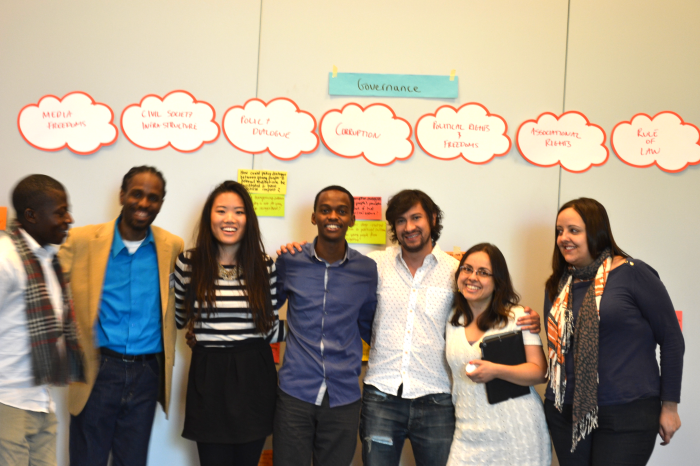
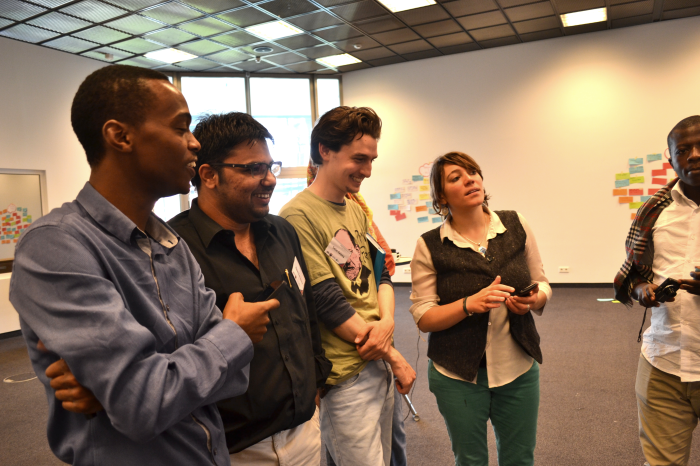
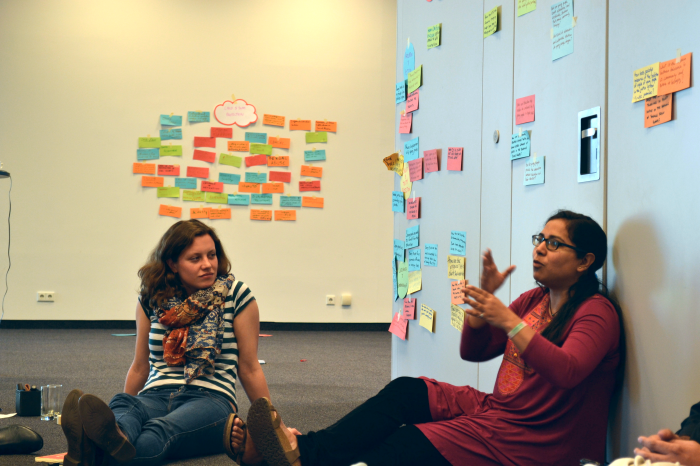 An important part of this project is the Local Context research portion, which, since we are 19 researchers spanning the entire world, could be what makes the final research publication stand out from others. This part of the project will be necessarily qualitative, and potential qualitative research methodologies include interviews, focus groups, and a digital media project component. The Youth Policy team wanted to jumpstart our brainstorming and creative juices, so the next thing that we knew, the facilitators had tacked up a giant (and pretty) spreadsheet on the conference center’s walls – of the thematic areas crosslisted by the Enabling Environment Index. Our instructions were then to think up Jeopordy-structured questions regarding the ‘supply’ and ‘demand’ for each one of the “most pressing” challenges in the Enabling Environment Index sub-domains that we chose as most important for our region, across all thematic areas. Whew! It was just as hard as it sounds. My group, Latin America and the Caribbean, sat there rather confounded and deeply discussing how to frame a question regarding the ‘supply’ of corruption, until we realized that all the other groups were getting their questions out, and we all snapped into action. In the end, this exercise wasn’t meant to produce solid, final research questions either, but instead to make us think about problems or challenges from different angles – from a ‘supply’ and ‘demand’ angle (or root cause and effect) – as well as measured across all three thematic areas of our project. We were so happy to actually survive this exercise that we promptly took lots of photos upon completion, and then went to our hotel rooms to decompress for two hours before dinner. Also, perhaps luckily, and perhaps because Youth Policy planned it that way, we had a lovely dinner in a historic German restaurant in Mitte that night. It’s been so wonderful to get to know everyone in a personal way, and as incredibly smart and accomplished as all the researchers are, they are also great listeners, kind, and open-hearted. I had a deep conversation with Brian from Uganda over public health, the Global Health Corps, and our own individual stories and reasons for wanting to work in Sexual and Reproductive Health/Rights (SHRH). His story frankly astounded me, and I am extremely heartened to see male advocates for SHRH, and especially those who are working on men’s and boys’ attitudes and education about SHRH.
An important part of this project is the Local Context research portion, which, since we are 19 researchers spanning the entire world, could be what makes the final research publication stand out from others. This part of the project will be necessarily qualitative, and potential qualitative research methodologies include interviews, focus groups, and a digital media project component. The Youth Policy team wanted to jumpstart our brainstorming and creative juices, so the next thing that we knew, the facilitators had tacked up a giant (and pretty) spreadsheet on the conference center’s walls – of the thematic areas crosslisted by the Enabling Environment Index. Our instructions were then to think up Jeopordy-structured questions regarding the ‘supply’ and ‘demand’ for each one of the “most pressing” challenges in the Enabling Environment Index sub-domains that we chose as most important for our region, across all thematic areas. Whew! It was just as hard as it sounds. My group, Latin America and the Caribbean, sat there rather confounded and deeply discussing how to frame a question regarding the ‘supply’ of corruption, until we realized that all the other groups were getting their questions out, and we all snapped into action. In the end, this exercise wasn’t meant to produce solid, final research questions either, but instead to make us think about problems or challenges from different angles – from a ‘supply’ and ‘demand’ angle (or root cause and effect) – as well as measured across all three thematic areas of our project. We were so happy to actually survive this exercise that we promptly took lots of photos upon completion, and then went to our hotel rooms to decompress for two hours before dinner. Also, perhaps luckily, and perhaps because Youth Policy planned it that way, we had a lovely dinner in a historic German restaurant in Mitte that night. It’s been so wonderful to get to know everyone in a personal way, and as incredibly smart and accomplished as all the researchers are, they are also great listeners, kind, and open-hearted. I had a deep conversation with Brian from Uganda over public health, the Global Health Corps, and our own individual stories and reasons for wanting to work in Sexual and Reproductive Health/Rights (SHRH). His story frankly astounded me, and I am extremely heartened to see male advocates for SHRH, and especially those who are working on men’s and boys’ attitudes and education about SHRH. 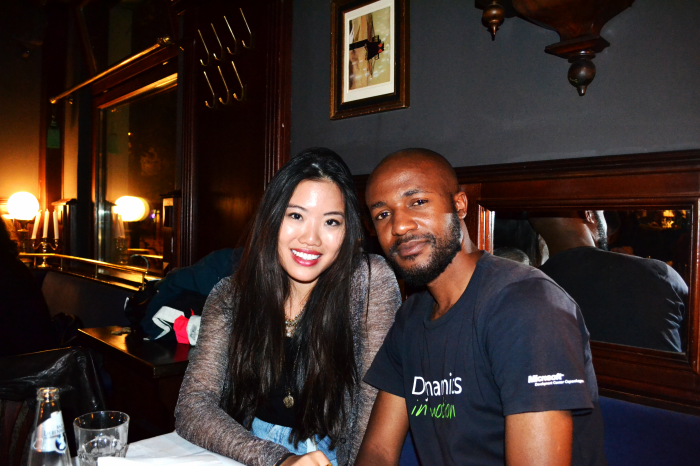

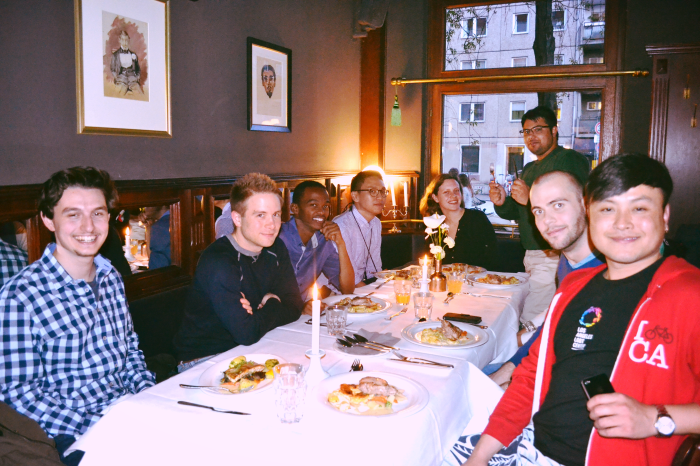 After a night wandering around Berlin and me realizing that ‘The Gate’ was in fact not an underground dance club, but instead the famous and touristy Brandemburg Gate, we made it back to our hotel in Freie Universitat to rest for the final day of the Global Young Researchers Lab the next day.
After a night wandering around Berlin and me realizing that ‘The Gate’ was in fact not an underground dance club, but instead the famous and touristy Brandemburg Gate, we made it back to our hotel in Freie Universitat to rest for the final day of the Global Young Researchers Lab the next day.
